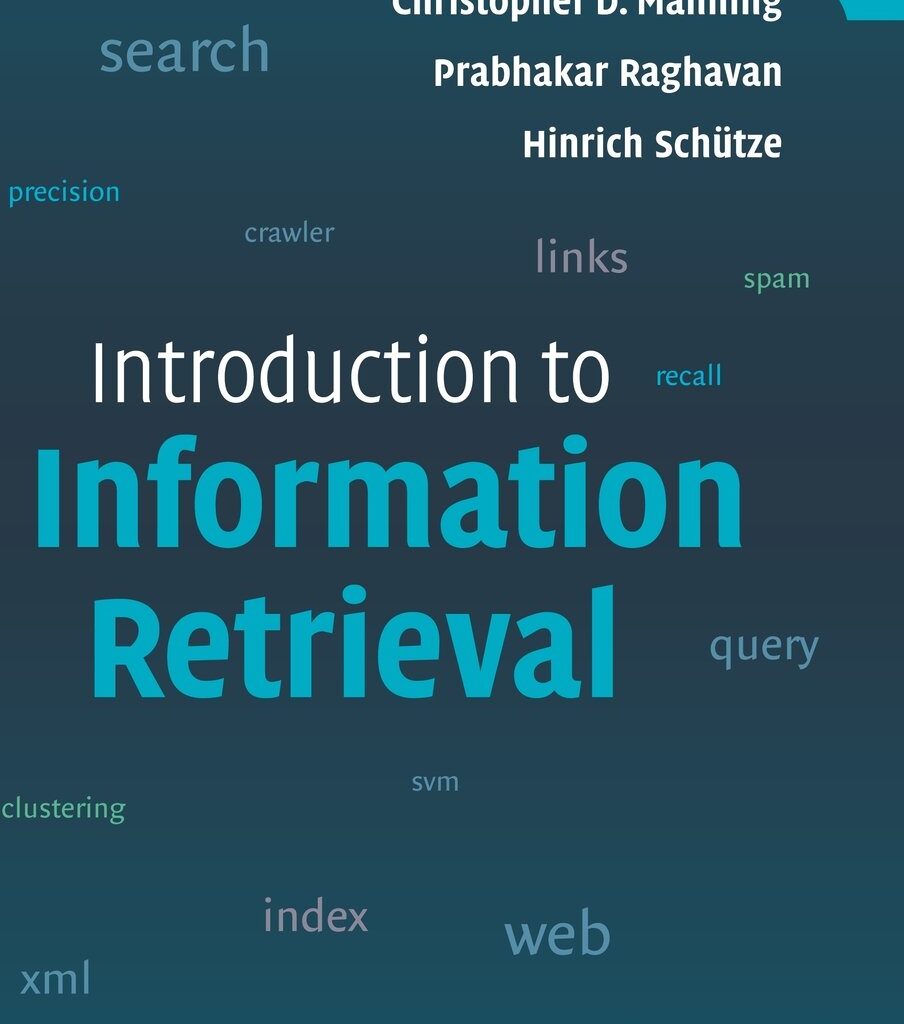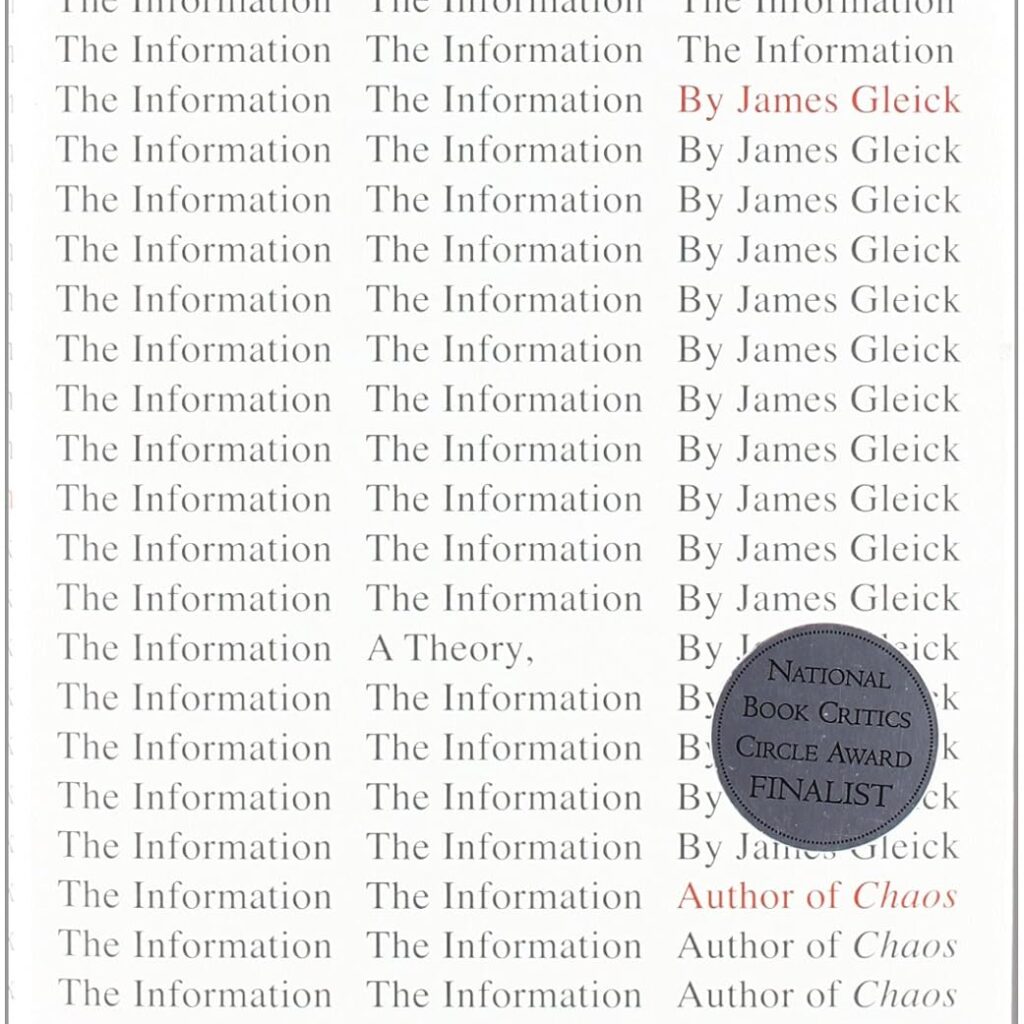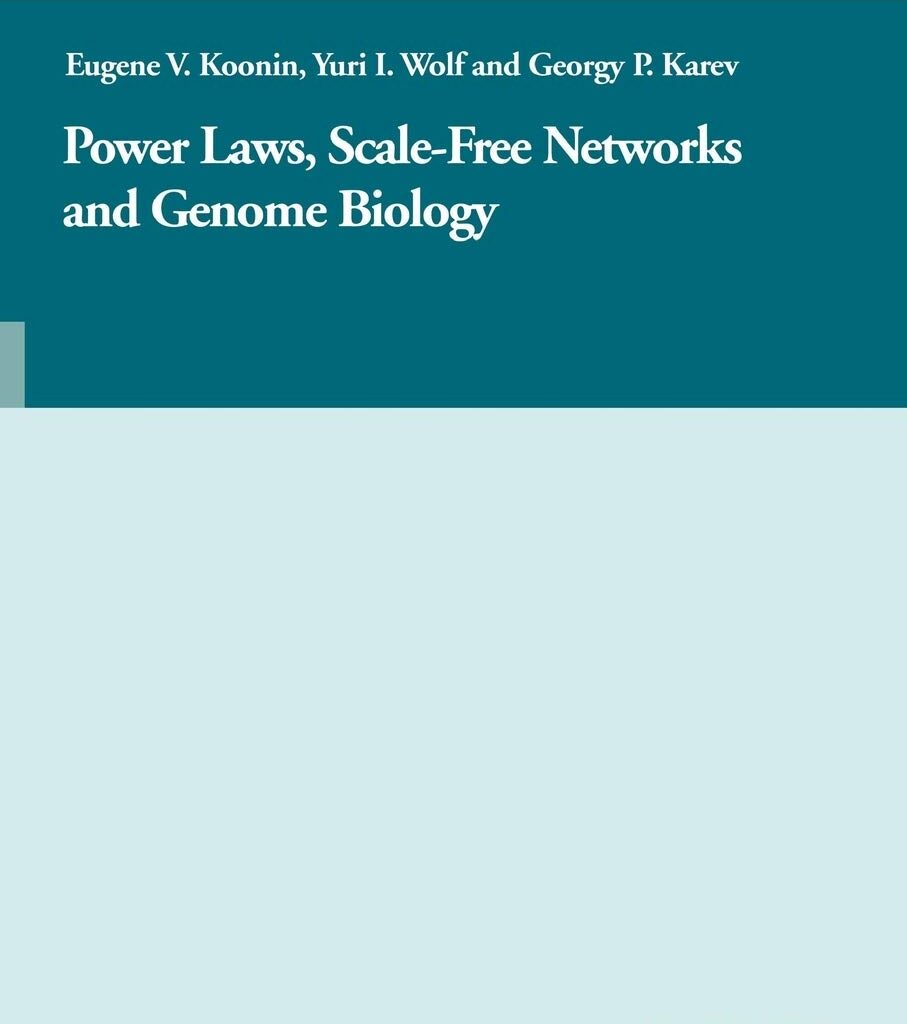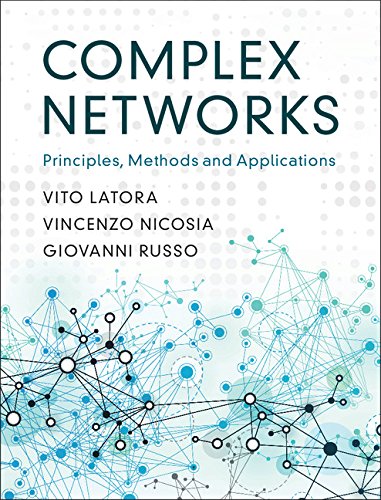Table of Contents
Grasping the Ubiquity of Zipf’s Law
In the vast expanse of statistical phenomena, Zipf’s Law emerges as a fascinating and ubiquitous principle, manifesting itself in linguistics, economics, and beyond. This Law, intriguing in its simplicity and profound implications, offers a lens through which we can understand patterns in our world. Originating from the keen observations of George Kingsley Zipf, a Harvard linguist, this Law has transcended its linguistic roots to become a cornerstone in understanding various natural and social phenomena.
Zipf’s Law suggests that in many types of data, the frequency of any item is inversely proportional to its rank in the frequency table. In simpler terms, the most common thing occurs approximately twice as often as the second most common item, three times as often as the third most common item, and so on. This pattern, initially observed in language use, where a few words are used very frequently while the majority are used rarely, has astonishingly been found applicable in many other contexts.
The ubiquity of Zipf’s Law extends far beyond linguistics, influencing economics, internet data analysis, population studies, and even city growth patterns. Its presence is seen in how wealth is distributed among individuals, how web traffic is distributed across websites, and even how certain natural phenomena occur. This broad applicability makes Zipf’s Law not just a linguistic curiosity but a fundamental principle that helps decode the underlying patterns of complex systems.
We will explore Zipf’s Law’s origins, mathematical underpinnings, and varied applications across different fields. We will also address the controversies and criticisms surrounding its universal applicability and explore the limitations of this intriguing statistical Law. Through this comprehensive analysis, we aim to understand the Law and appreciate its significance in explaining the world around us.
The Genesis of Zipf’s Law
The story of Zipf’s Law is a journey through curiosity, observation, and the pursuit of understanding patterns in our world. This section delves into the origins of this fascinating Law, exploring the life and work of George Kingsley Zipf and unraveling the mathematical elegance that defines it.
George Kingsley Zipf: The Mind Behind the Law
George Kingsley Zipf, a Harvard linguist and the progenitor of Zipf’s Law was driven by an insatiable curiosity about the patterns inherent in human language. His journey began in the early 20th century when he embarked on a meticulous analysis of language usage. Zipf was fascinated by the regularities he observed in linguistic data, where some words appeared with staggering frequency while others were scarcely used. This observation led him to hypothesize that these patterns were not random or unique to language but were instead reflective of a broader principle governing human behavior. Zipf’s pioneering work laid the groundwork for a new understanding of frequency distributions, not only in linguistics but in many other fields as well.
A Deep Dive into the Law’s Mathematical Formulation
At its core, Zipf’s Law is elegantly simple in its mathematical expression yet profound in its implications. Mathematically, the Law states that the frequency of any item is inversely proportional to its rank in a frequency table. This relationship can be expressed as this relationship can be expressed as f=1rsf=rs1, where ff is the frequency, rr is the rank, and ss is a constant usually close to 1.
Amazingly, this simple formula applies to many data sets and phenomena. What makes Zipf’s formulation captivating is not just its simplicity but also its counterintuitive nature. It suggests a natural order in what might otherwise seem like random distributions, revealing an underlying symmetry in the chaos of data. This section will explore the mathematical intricacies of Zipf’s Law, illustrating how it captures the essence of diverse phenomena with remarkable accuracy.
The genesis of Zipf’s Law is a testament to the power of observation and the quest for understanding patterns in the natural world. As we explore its origins and delve into its mathematical structure, we gain insight into the Law itself and an appreciation for the elegance and universality of statistical principles in describing our world.
Zipf’s Law in Linguistics
Applying Zipf’s Law in linguistics is where its impact is most directly observed and where it initially took root. This section will explore how Zipf’s Law explains linguistic phenomena, from the frequency distribution of words to the comparative analysis across different languages.
Language and Word Frequencies
In linguistics, Zipf’s Law illuminates the intriguing word usage pattern in human languages. It reveals a consistent pattern: a few words are used exceedingly frequently, while the vast majority are used infrequently. This phenomenon can be observed in any substantial body of text, whether a Shakespearean play, a modern novel, or a collection of news articles. For instance, in English, common words like ‘the,’ ‘of,’ and ‘and’ appear at the top of the frequency list, occurring far more often than others. As predicted by Zipf’s Law, this consistency in word usage patterns is not just a curiosity. Still, it reflects deeper cognitive and social processes in human communication. The principle suggests that languages naturally evolve to maximize efficiency, balancing the need to convey a wide array of concepts with the cognitive cost of using an extensive vocabulary.
Comparative Linguistic Analysis
A comparative look across languages reveals the astonishing universality of Zipf’s Law in linguistic applications. This universality transcends the boundaries of language families and cultural contexts. Studies have shown that the pattern holds remarkably accurate whether you analyze the frequency distribution of words in English, Spanish, Mandarin, or any other language. These implications are profound, suggesting that Zipf’s Law may be a fundamental characteristic of human language, irrespective of geographical or cultural differences. This universality also provides a tool for linguists and researchers to understand and compare the complexities of different languages. By analyzing how other languages conform to Zipf’s Law, researchers can gain insights into the evolution of language, the cognitive processes involved in language acquisition, and the fundamental nature of human communication.
In this exploration of Zipf’s Law within linguistics, we see a validation of Zipf’s original observations and a deeper understanding of the nature of language itself. The Law connects the abstract world of statistical distribution to the tangible, everyday use of language, revealing the inherent order in the seemingly chaotic sea of words. As we delve further into this topic, the elegance and universality of Zipf’s Law continue to underscore its importance in studying human language and communication.
Beyond Linguistics – Other Applications of Zipf’s Law
The reach of Zipf’s Law extends far beyond the confines of linguistic analysis, permeating various other disciplines and phenomena. This section explores the diverse applications of Zipf’s Law, highlighting its significance in fields such as economics and the digital world and illustrating its versatility as a tool for understanding complex systems.
Economic Paradigms and Income Distribution
Zipf’s Law offers a fascinating perspective on wealth and income distribution in economics. The Law suggests that in many societies, a small number of individuals control a disproportionately large share of total wealth. This pattern mirrors the linguistic distribution observed by Zipf, where a few words dominate overall usage. For example, it’s often observed that roughly 20% of a population holds about 80% of its wealth, a distribution that resonates with the principles of Zipf’s Law. This has significant implications for understanding economic inequality, shaping policies, and analyzing market dynamics. Applying Zipf’s Law in economics also extends to the size distribution of firms, city populations, and even stock market transactions, offering a unique lens through which we can examine the complex dynamics of economic systems.
Digital Age Implications: Internet and Web Traffic
In the era of digital information, Zipf’s Law finds relevance in analyzing internet and web traffic patterns. The distribution of web traffic across websites adheres closely to Zipfian distribution, with a small number of sites attracting a vast majority of visits. This pattern is not just limited to web traffic but also extends to social media engagement, online consumer behavior, and even the distribution of file sizes and types across the internet. Understanding these patterns is crucial for businesses and organizations to optimize their online presence, develop marketing strategies, and design more efficient network infrastructures. Moreover, the implications of Zipf’s Law in the digital domain provide insights into human behavior in the virtual space, reflecting broader patterns of attention, interest, and the allocation of resources.
The exploration of Zipf’s Law in these diverse contexts underscores its significance as a unifying principle that helps decode the patterns in the world around us. Whether understanding the distribution of wealth or analyzing web traffic, Zipf’s Law provides a framework for making sense of complex, real-world phenomena. This section highlights the Law’s versatility and encourages us to consider the more profound implications of these patterns in shaping our understanding of various social, economic, and technological systems.
Controversies and Criticisms
While Zipf’s Law has been widely accepted and applied across various fields, it has controversies and criticisms. This section delves into the debates surrounding its universality, the challenges in its application, and the potential for misinterpretation, offering a balanced view of this statistical phenomenon.
Debating the Universality of Zipf’s Law
Despite the widespread observation of Zipfian distributions in many fields, the universality of Zipf’s Law has been debated among researchers. Critics argue that the Law is not universally applicable to all datasets or phenomena. For instance, some linguistic datasets do not conform perfectly to Zipf’s distribution, particularly in corpora with specialized vocabulary or artificial languages. Similarly, in economics and other social sciences, there are instances where wealth distribution or city sizes do not follow a Zipfian pattern, raising questions about the Law’s universal applicability. This debate centers around whether Zipf’s Law is a natural consequence of underlying processes or an artifact of specific conditions and data collection methods. By examining these criticisms, we gain a more nuanced understanding of the Law’s limitations and the contexts in which it is most accurately applied.
Limitations and Misinterpretations
Beyond the debate over its universality, Zipf’s Law also faces challenges regarding its interpretation and application. One primary concern is the tendency to over-apply or misinterpret the Law, leading to erroneous conclusions in various fields. For example, interpreting any rank-frequency distribution that appears linear on a log-log plot as evidence of Zipf’s Law can be misleading, as not all such distributions genuinely reflect the underlying principles of the Law. Additionally, there’s the risk of inferring causation from correlation when observing Zipfian patterns without considering other contributing factors or underlying mechanisms. This section addresses these potential pitfalls, emphasizing the importance of rigorous analysis and contextual understanding when applying Zipf’s Law. It also explores how advancements in data analysis and theory development might help overcome these limitations, ensuring more accurate and meaningful applications of Zipf’s Law in the future.
In addressing these controversies and criticisms, this section presents a more comprehensive view of Zipf’s Law. It stresses the significance of critical thinking and careful analysis in applying statistical principles. The discussions here refine our understanding of Zipf’s Law, acknowledging its impressive explanatory power while remaining mindful of its boundaries and potential for misapplication.
Must-Reads Exploring the Core Concepts of Zipf’s Law
Zipf’s Law, a statistical principle related to the frequency of words in a language or other forms of data, is discussed in various books across fields like linguistics, information theory, and statistical analysis. Here are some notable books that discuss Zipf’s Law:
“Human Behavior and the Principle of Least Effort” by George Kingsley Zipf: “
Human Behavior and the Principle of Least Effort” is a significant work by George Kingsley Zipf, a linguist and philologist. Published in 1949, this book presents the principle of least effort, a theory suggesting that human behavior tends to follow the path of least resistance or effort. Zipf’s principle is rooted in the observation that people naturally prefer to achieve their goals by spending the least effort possible.
The book is particularly well-known for introducing what is now known as “Zipf’s Law” in the context of linguistics. Zipf’s Law posits that in any given language, the frequency of any word is inversely proportional to its position in the frequency table. This means the most commonly used words in a language occur with high frequency and are generally straightforward. In contrast, less common words are more complex and used less frequently.
Zipf extends this principle beyond linguistics to other areas of human behavior, including economic and social systems. He explores how this principle manifests in various aspects of society, such as city sizes, business practices, and income distribution. He suggests that the principle of least effort is a ubiquitous force shaping many facets of human life.
The book is considered foundational in several fields, including linguistics, information theory, and studying human behavior. It offers insights into the natural tendencies of human actions and societal organization, highlighting the inherent efficiency-seeking behavior of humans. “Human Behavior and the Principle of Least Effort” remains an influential work for those interested in the intersection of language, sociology, and psychology.
“Introduction to Information Retrieval” by Christopher D. Manning, Prabhakar Raghavan, and Hinrich Schütze
“Introduction to Information Retrieval” by Christopher D. Manning, Prabhakar Raghavan, and Hinrich Schütze is a comprehensive textbook that offers an in-depth look at the field of information retrieval (IR). This book thoroughly analyzes the principles and practices of designing, implementing, and evaluating systems for gathering, indexing, and searching documents. It also delves into the application of machine learning methods on text collections, making it relevant for current and emerging technologies in IR.
The book introduces key concepts in information retrieval, such as information need, relevance, precision, and recall. These concepts are illustrated through applied examples of Boolean retrieval, employing the Boolean model alongside real-life examples. This educational and engaging approach offers practical insights into applying these principles in real-world scenarios.
As a class-tested and coherent resource, this textbook covers both classical and web information retrieval. It includes comprehensive discussions on web search, text classification, and text clustering, starting from basic concepts and moving to more complex ideas. The book’s up-to-date content ensures that it addresses all aspects of design and implementation in the field, making it a valuable resource for students and practitioners.
Overall, “Introduction to Information Retrieval” is a groundbreaking textbook combining theoretical knowledge with practical application. Its comprehensive coverage of traditional IR concepts and modern web-era information retrieval makes it an indispensable guide for anyone seeking to expand their understanding of the field.
“The Information: A History, A Theory, A Flood” by James Gleick
The Information: A History, a Theory, a Flood” by James Gleick, published in March 2011, is a comprehensive exploration of the genesis of the current information age. It was recognized for its impact and insight by making it onto The New York Times best-seller list for three weeks following its debut.
Gleick’s narrative begins with the tale of colonial European explorers and their fascination with African talking drums, which were used to send complex messages across villages and even longer distances by relay. This historical perspective sets the stage for a deeper exploration of the evolution of communication technologies, including the telegraph and telephone, and their impact on the industrial age of the Western world. Gleick masterfully transitions from these early forms of communication to the digital age, underscoring the digital nature of information down to the fundamental unit of the bit or qubit.
The book delves into the development of symbolic written language and the consequential need for a dictionary, examining the history of intellectual insights central to information theory. Gleick highlights vital figures in this development, including Claude Shannon, Charles Babbage, Ada Byron, Samuel Morse, Alan Turing, Stephen Hawking, Richard Dawkins, and John Archibald Wheeler. He discusses how the circulation of Claude Shannon’s “A Mathematical Theory of Communication” and Norbert Wiener’s “Cybernetics” influenced various disciplines. Gleick emphasizes the importance of information theory concepts like data compression and error correction, particularly in the computer and electronics industries.
In a modern context, Gleick explores Wikipedia as an emerging internet-based “Library of Babel,” analyzing the implications of its expansive user-generated content. He delves into the struggles between inclusionists, deletionists, and vandals, using Jimmy Wales’ creation of the article for the Cape Town butchery restaurant Mzoli’s as a case study. Gleick posits that in today’s world, where information is abundantly available, the challenge lies not in accumulating information but in the effort required to delete or remove unwanted details. He presents this as the ultimate entropy cost of generating additional information, a modern-day answer to “Maxwell’s Demon.”
Overall, “The Information” is a history of information technology and a profound exploration of how information has transformed human society, communication, and understanding. Gleick’s work is a testament to the profound impact that lead, in all its forms, has had on the development of human civilization.
“Power Laws, Scale-Free Networks and Genome Biology” edited by Eugene V. Koonin, Yuri Wolf, and Georgy Karev:
“Power Laws, Scale-Free Networks and Genome Biology” is a comprehensive book published in 2006 and authored by Eugene V. Koonin, Yuri I. Wolf, and Georgy P. Karev. It represents a significant compendium in systems biology, contributed by leading researchers. The book deals with the theoretical foundations of systems biology, mainly focusing on power law distributions and scale-free networks, which have emerged as critical elements in understanding biological organization in the post-genomic era.
.
The description from the MIT Press Bookstore provides a synopsis of the topics covered in the book, which include:
- Power Laws in Biological Networks: Discussing the role of power laws in the context of biological networks.
- Graphical Analysis of Biocomplex Networks and Transport Phenomena: Exploring complex biological networks’ graphical representation, analysis, and transport mechanisms.
- Large-Scale Topological Properties of Molecular Networks: Investigating the overarching topological characteristics of molecular networks.
- The Connectivity of Large Genetic Networks: Examining how genetic networks are connected on a large scale.
- The Drosophila Protein Interaction Network: Analyzing the protein interaction network of the Drosophila species, particularly in the context of power-law and scale-free networks.
- Birth and Death Models of Genome Evolution: Discussing models of genome evolution characterized by gene duplication and deletion.
- Scale-Free Evolution and Gene Regulatory Networks: Exploring the concept of scale-free evolution in the context of gene regulatory networks.
- Power Law Correlations in DNA Sequences: Investigating the presence and significance of power-law correlations in DNA sequences.
- Analytical Evolutionary Model for Protein Fold Occurrence in Genomes: Analyzing how protein folds occur in genomes, considering the effects of gene duplication, deletion, acquisition, and selective pressure.
- The Protein Universes and The Role of Computation in Complex Regulatory Networks: Discussing the computational aspects and the broader implications of protein interactions in complex networks.
- Neutrality and Selection in the Evolution of Gene Families: Examining the evolutionary processes affecting gene families.
- Scaling Laws in the Functional Content of Genomes: Investigating how scaling laws apply to the functional aspects of genomes
This book is vital for understanding the intricate relationship between biological systems and network theory. It is a valuable asset for researchers and students in systems biology, bioinformatics, and related fields.
“Complex Networks: Principles, Methods and Applications” by Vito Latora, Vincenzo Nicosia, and Giovanni Russo:
“Complex Networks: Principles, Methods and Applications” by Vito Latora, Vincenzo Nicosia, and Giovanni Russo is a comprehensive textbook that presents a detailed overview of network science. This book explores networks’ fundamental role in complex systems ranging from the human brain to computer communications, transport infrastructures, online social systems, metabolic reactions, and financial markets. By characterizing the structure of these networks, the book enhances our understanding of various physical, biological, economic, and social phenomena.
The rigorous and thorough textbook covers algorithms for graph exploration, node ranking, network generation, and other aspects of network science. It allows students to experiment with network models and real-world data sets, providing them with a deep understanding of the basics of network theory and its practical applications. The book examines increasingly complex systems, challenging readers to enhance their skills.
An engaging presentation of the important principles of network science makes this book an ideal reference for researchers and students at undergraduate and graduate levels in fields such as physics, mathematics, engineering, biology, neuroscience, and the social sciences.
The Enduring Legacy of Zipf’s Law
As we conclude our exploration, it’s evident that Zipf’s Law maintains a significant, if sometimes understated, influence across multiple disciplines. Its simplicity and ubiquity continue to fascinate researchers and laypersons alike, underscoring the interconnectedness of our world through the lens of statistical regularity.
Zipf’s Law, emanating from the analysis of word frequencies in linguistics, has proven to be a versatile tool, offering insights into phenomena as diverse as economic inequality, internet traffic patterns, and urban development. This Law has not only enhanced our understanding of these fields. Still, it has also provoked essential discussions about the nature of distribution and organization in complex systems. It encourages us to look for patterns and regularities in the world around us, fostering a deeper appreciation for the underlying structures that govern diverse aspects of our lives.
However, the journey through Zipf’s Law also reveals the critical need for careful interpretation and application. The controversies and criticisms surrounding the Law serve as a valuable reminder of the complexities inherent in applying statistical principles to real-world phenomena. They emphasize the importance of contextual understanding and the dangers of overgeneralization or misinterpretation.
As we move forward, the legacy of Zipf’s Law remains enduring. It continues to be a subject of research and debate, offering fertile ground for new insights and applications. Whether advancing theoretical understanding or practical applications across various fields, Zipf’s Law is a testament to the power of observation, analysis, and the quest to understand patterns in our complex world. Its story is far from complete, and its potential applications continue to unfold, promising to enlighten and challenge us in equal measure.
Frequently Asked Questions (FAQ)
This section addresses some of the most common questions related to Zipf’s Law, providing clarity and additional insights for our readers. These frequently asked questions encompass the essence of Zipf’s Law and its applications and address everyday curiosities and misconceptions.
- What Exactly is Zipf’s Law?
- Zipf’s Law is a statistical principle that suggests the frequency of any item is inversely proportional to its rank in a frequency table. Simply put, the most frequently occurring item will occur approximately twice as often as the second most frequent item, three times as often as the third, and so on.
- Where Is Zipf’s Law Most Commonly Observed?
- Initially observed in linguistics, specifically in the frequency of word usage, Zipf’s Law has since been identified in various other domains. These include economics (particularly in income distribution), internet data (like website traffic), urban studies (such as city population sizes), and even natural phenomena.
- Is Zipf’s Law Universal?
- While Zipf’s Law is widely observable, it is not universally applicable to all datasets or phenomena. There are instances, particularly in specialized or constrained datasets, where the distribution does not align perfectly with Zipf’s Law. The debate over its universality is ongoing in the academic community.
- How Does Zipf’s Law Apply to Linguistics?
- In linguistics, Zipf’s Law manifests in the frequency distribution of word usage. A few words (like ‘the,’ ‘of,’ ‘and’) are used frequently, while the majority are used much less often. This pattern is consistent across different languages and types of texts.
- Can Zipf’s Law Predict Economic Trends?
- Zipf’s Law can provide insights into economic trends, particularly in understanding income and wealth distribution. However, it’s important to note that it is descriptive, not predictive. It describes a pattern observed in economic data but does not necessarily predict future financial behaviors or outcomes.
- Does Zipf’s Law Have Practical Applications?
- Yes, Zipf’s Law has practical applications in information technology, SEO optimization, urban planning, and market analysis. Understanding Zipfian distributions helps design more efficient systems and strategies in these areas.
- What Are the Criticisms of Zipf’s Law?
- Criticisms of Zipf’s Law mainly revolve around its perceived universality and potential for misapplication. Some argue that not all data sets follow a Zipfian distribution and caution against overgeneralizing or misinterpreting the Law’s implications.
- How Is Zipf’s Law Different From Pareto Distribution?
- While both Zipf’s Law and Pareto Distribution describe similar phenomena of uneven distribution, they are mathematically distinct. Pareto Distribution is often used in economics to describe wealth distribution. At the same time, Zipf’s Law is more frequently applied to word frequencies and similar datasets.
By addressing these questions, this FAQ section aims to deepen the understanding of Zipf’s Law for the uninitiated and those familiar with the concept, highlighting its significance, scope, and nuances in its application and interpretation.





